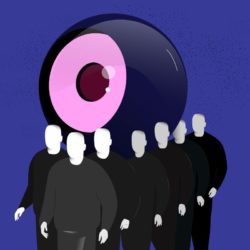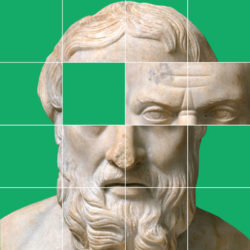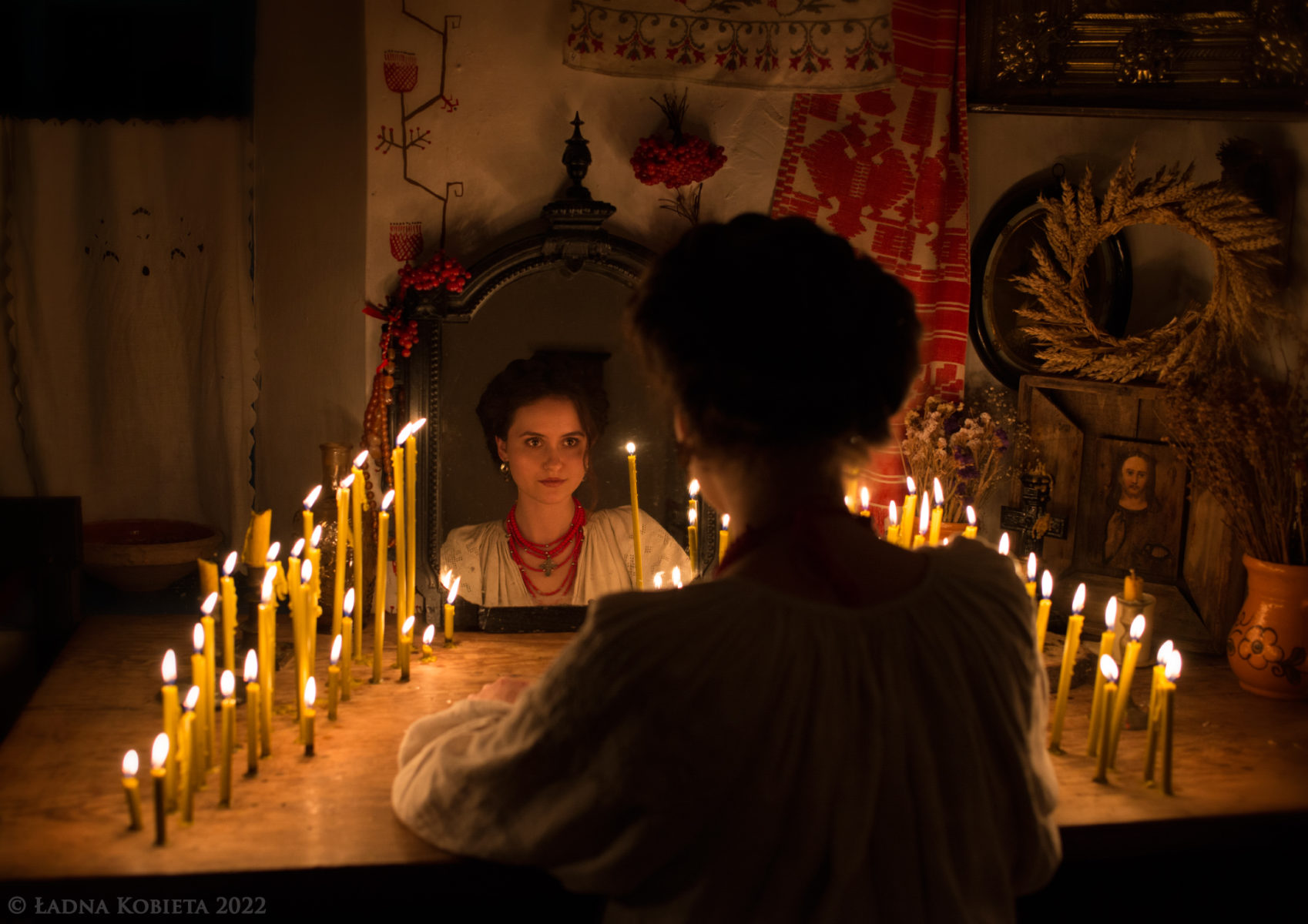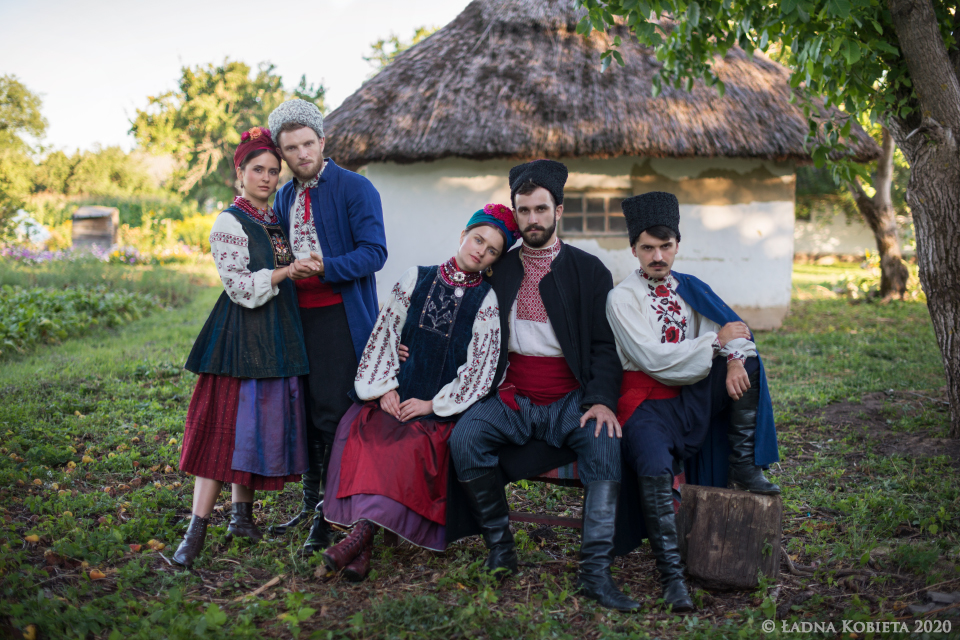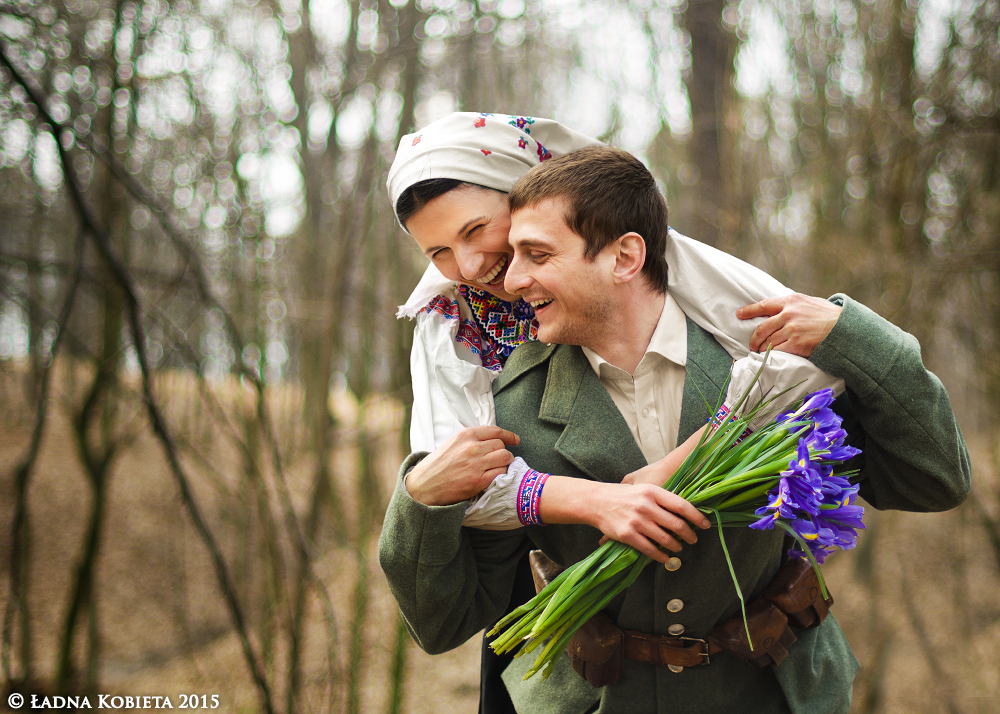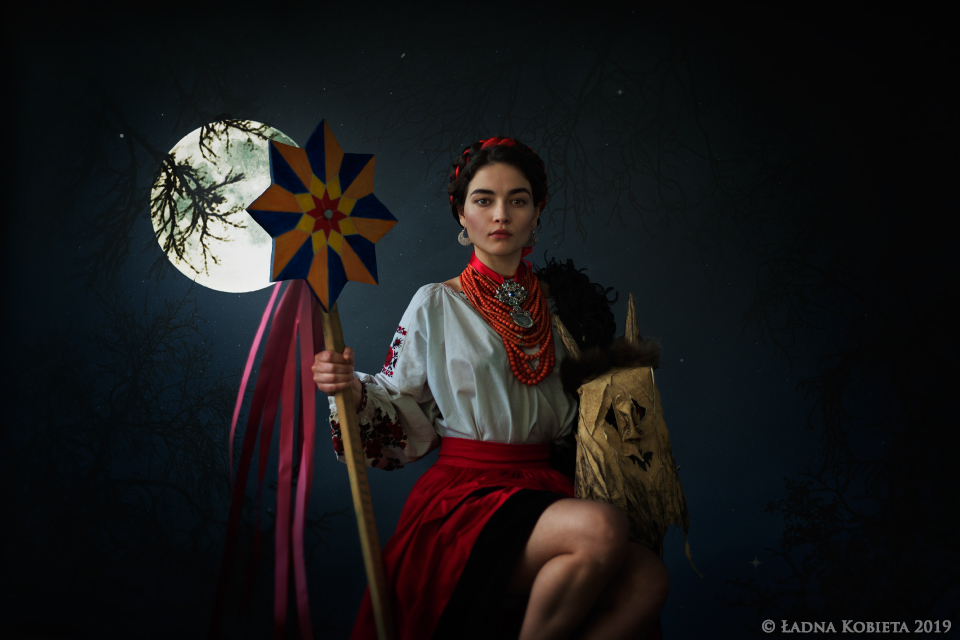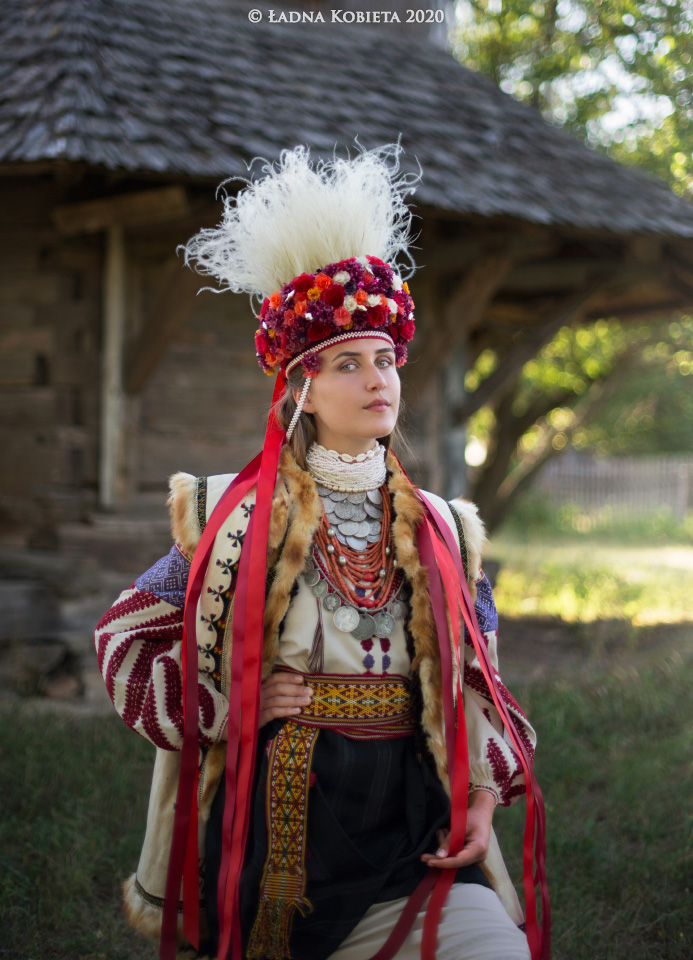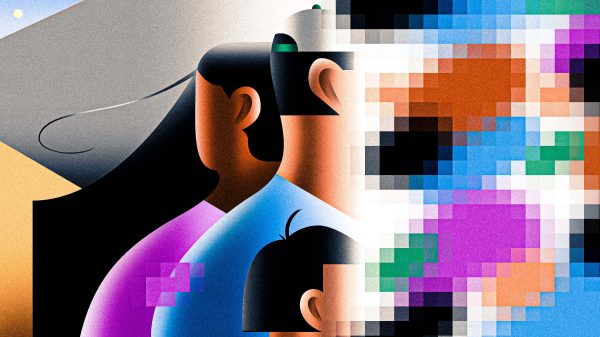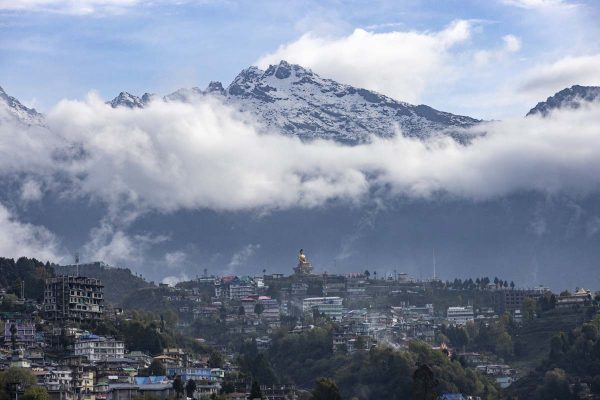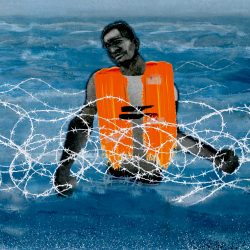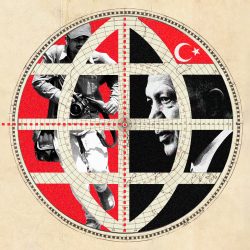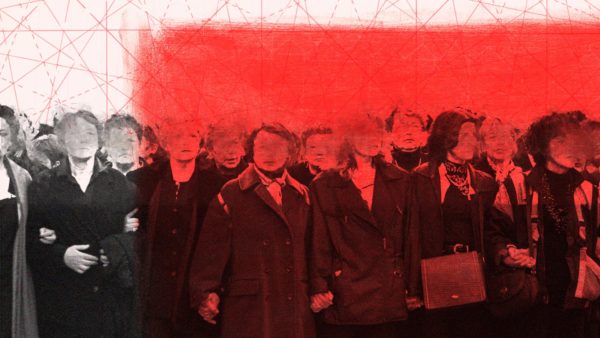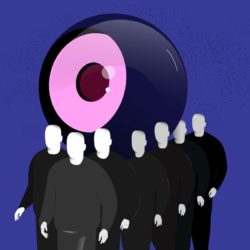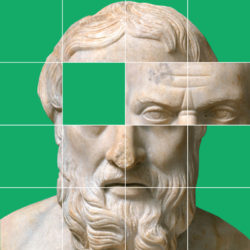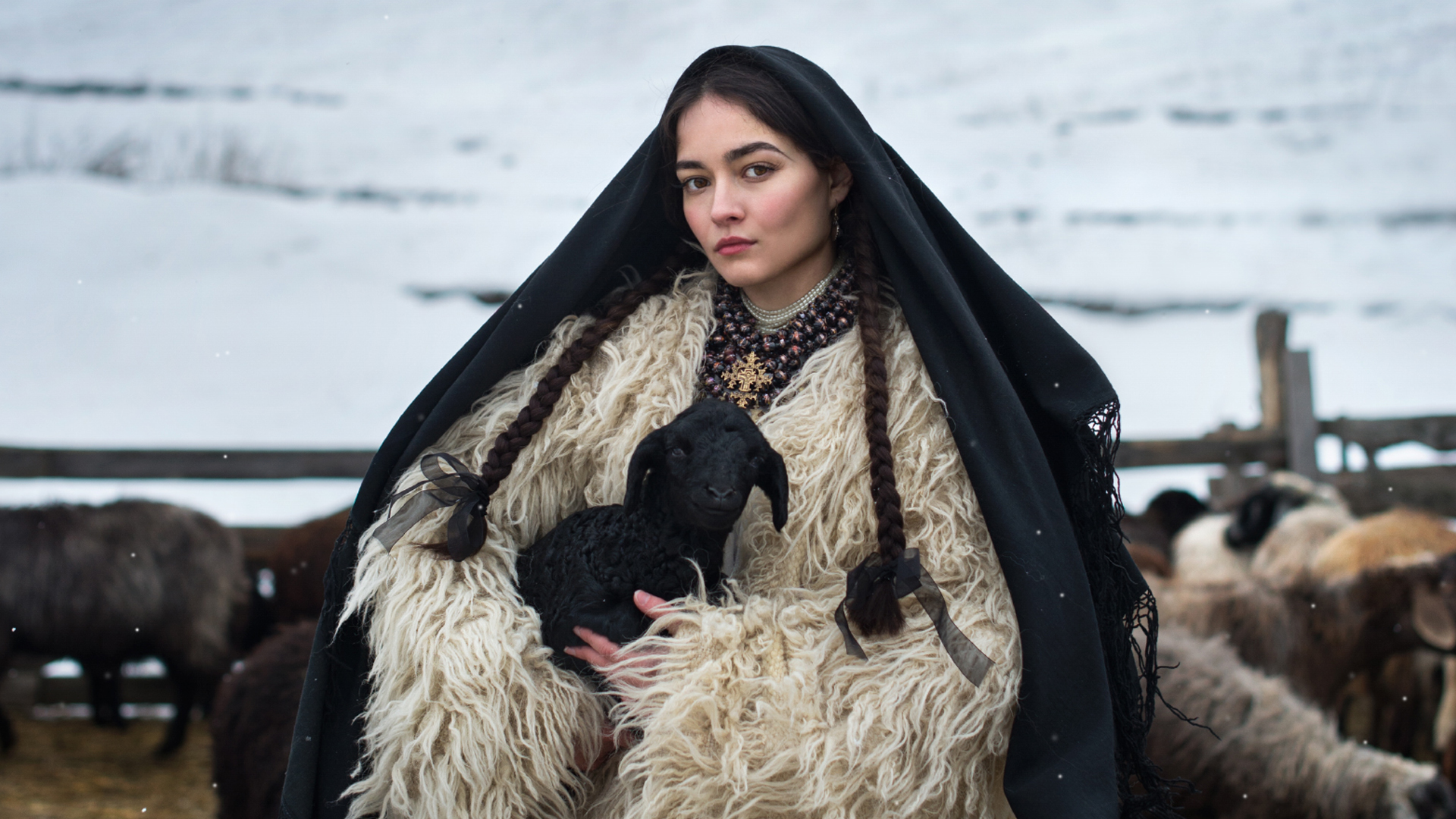
Anna Sennik
A photographer of Ukrainian beauty turns her lens on war to create heartbreaking juxtaposition
- Photography by Anna Sennik
Anna Sennik is a Kyiv-based photographer currently serving in Ukraine’s volunteer Territorial Defense Force. Her work before the war focused on capturing Ukraine’s bright national costumes, with many of her models posing in sunlit pastoral settings crowned with traditional wreaths of flowers.
As Russian forces maneuver to encircle Ukraine’s capital, Sennik continues posting her ethno-photography for her 43,500 followers but with a new format: a jarring juxtaposition of her pre-war archive alongside the images of war such as bombed out homes and civilian evacuation. “The world I show through my art is being destroyed right now,” Sennik wrote the morning of February 24, the start of the Russian invasion. In a conversation edited for length and clarity, Sennik explained what she is trying to convey today with her photography.
Can you first tell us about the situation where you are now?
In Kyiv, nearly all the roads have been blocked from the west, the south, partially from the north, but as of today, the city is still not fully surrounded by Russian forces. The only way for Russians to get at us is the open sky. The city is getting hit directly by rocket attacks, apartment buildings are being bombed left and right, residential and private buildings, shopping malls, the city center, the outskirts, all over.
I joined the Territorial Defense on the first day. I was at the enlistment office by lunchtime picking out firearms. The Territorial Defense group is all made up of volunteers. There are other women within our battalion, but I’m the only one in our division. For me this was a logical step because it’s my second military experience. The first time, in 2014, I was part of a volunteer battalion. After this I worked in photography and thought that phase of my life was over. But when you’re woken up in the morning from being bombed you’re left with only one choice. And that’s why I’m here again.
How has the war changed your photography?
Originally it was a way to present Ukrainian culture to the world but now my job is to explain what is happening here. I publish my archival images mixed in with photos that I’ve taken now or photos other eyewitnesses sent to me. I really wanted to use this contrast because I can’t shake off the feeling of having my life stolen from me. When I look back, I realize that I had a wonderful life. I had the chance to do my favorite kind of work that was tied to culture and beauty.
And now I’ve lost all of that. Right now someone is trying to physically destroy that life. Even museums are being bombed. Several of my friends have died already. The world where I used to live is being destroyed around me. I wanted to show that contrast. The peace in Ukraine that was in my photos and what is happening to that peace now.
One of your most popular recent posts was a series of posed WWII-era images you took of couples in 2013 mixed in with photos taken in recent days of real Ukrainian couples being forced to say goodbye to each other. Why did you share this?
These photos were part of a photo shoot from the spring 2013, so even before the revolution. I was later reminded of them almost a year later when the first volunteer battalions were heading to the east of Ukraine. Young women would come to say goodbye to the men in the same way.
In 2013, these seemed like scenes from the past, from a history that cannot be repeated. How can there be a war again? How can these kinds of farewells be said again?
So much of Russia’s propaganda and Putin’s remarks have fixated on denying the existence of distinct Ukrainian identity and culture. Do you feel like your work counteracts that false narrative?
I worked for a long time in political communications but my art was never meant for propaganda messaging. I do it just because I love it.
The fact that it can have this effect, that’s not because of me. Beauty is the only language everyone can understand because it can touch all of us. Beauty and this contrast that I’m presenting has allowed me to reach lots of people.
Who are you now trying to reach with your photography?
Ukrainians are already motivated. I don’t think we can possibly get any more motivated than we are today. Ukraine must be the most united country in the world right now. But this war has gone on for three weeks and the world’s attention is already waning. I want to show foreigners what is happening, to show them who we are, what kind of beautiful people we have and how we are saving that. But to also show people what is being done to us: videos of people being killed, of children who have been killed.
Sometimes people write to me and they say they support me but it’s really difficult to look at the images I am sharing. And I understand them completely. Not a single psychologically normal person should feel ok looking at this. But this is our reality and I’m obliged to share it.
There is a massive flow of information, videos, and photography from Ukraine. How do you decide what to publish?
What’s the point in publishing photos of dead Russian soldiers when you can instead show the kind of destruction they have caused: ruined homes, civilians evacuating while being shot at, bombings. My role here is to record this and to create an Instagram account of war crimes.
I don’t try to overstate what I’m doing, I think it is a drop in the ocean, but if it helps tell a few hundred more people about what is happening then that’s great.
What do people misunderstand about this war?
I think generally people outside Ukraine believe that this war with Russia is a problem just for Ukraine. But that’s not true. Aggressive governments with dysfunctional presidents are problems not just for neighboring countries but for the whole world.
TV hosts on propaganda channels across Russia are already drawing up maps of what the Baltic states would look like if Russia grabs more territory. We can laugh it off, but half a year ago those maps were of Ukraine and look at what’s happening around us today.
After the war, how do you think this period in your life will affect your photography?
I don’t think I’ll be photographing war themes in the future. Probably the opposite. I’ve had enough. Instead I’ll focus on things that are absolutely peaceful and beautiful. Because we will all get our fill of war now.
The story you just read is a small piece of a complex and an ever-changing storyline that Coda covers relentlessly and with singular focus. But we can’t do it without your help. Show your support for journalism that stays on the story by becoming a member today. Coda Story is a 501(c)3 U.S. non-profit. Your contribution to Coda Story is tax deductible.
